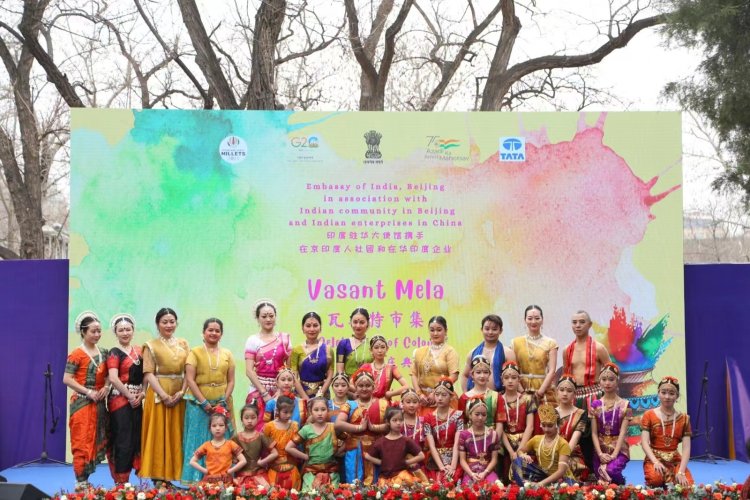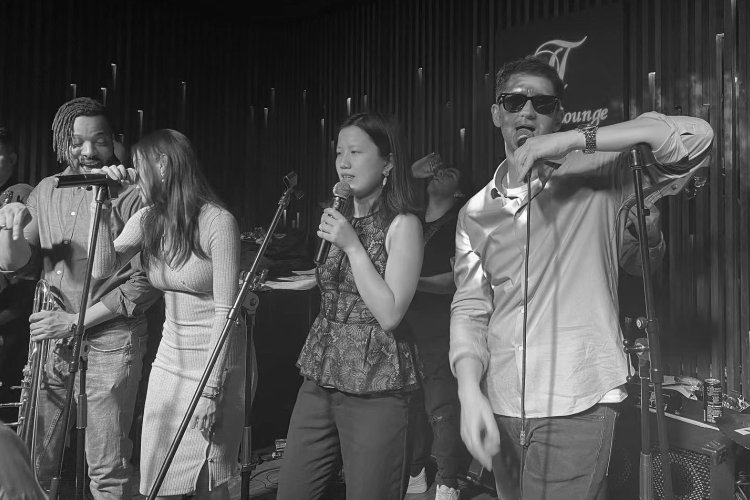Ballroom To Maneuver – Get in step with Beijing Ballroom founder Ken Wiland
Perhaps it was politics that stirred Ken Wiland’s interest in China – he was a socialist union organizer during a 26-year career on the New York subway. Maybe it was a family connection – his father flew supplies into China as a pilot during World War II. One thing that’s sure is that Wiland didn’t come to Beijing primarily for the city’s ballroom dance scene – though he did start his own club. Jennifer Ying Lan asked him why Beijingers should hit the floor with Beijing Ballroom.
Jennifer Ying Lan: When did your love of ballroom begin?
Ken Wiland: Over 20 years ago. With my youthful idealism pretty much buried, I discovered dancing. It was as if I was in one of those movies where a middle-aged guy with two left feet takes a dance class, makes friends and it changes his life. For 15 years I took classes almost every evening with some of New York’s finest dancers.
JYL: What exactly does ballroom dancing encompas?
KW: Good question. It includes any partner dance done in a social ballroom setting. In other words, salsa and bachata, Lindy swing, disco-hustle, West Coast swing and Argentine tango are all ballroom dances.
JYL: Tell us about the history of ballroom dance in China.
KW: Western ballroom dance came to China early on and became popular in Shanghai and other big port cities. During the founding celebrations for the People’s Republic in 1949, newsreels broadcast all over China showed Zhou Enlai and even Mao himself dancing the waltz. When the Cultural Revolution finally ended, there was a magnificent blooming of ballroom dance all over China, but especially in Beijing.
Of course, Chinese ballroom dance is not exactly the same as it is in the West, and the music used often sounds strange (and boring) to Western ears. The most popular social ballroom dance done in Beijing is pingsi (“even four,” 平四). It’s a little like the disco partner dancing of the 1970s, very easy to learn and wonderfully danceable to Western music – it really should spread overseas!
Most of the decent dancehalls with live bands in the city center have now closed due to rising real estate values. However, there are already state-run and private academies who aim to produce a generation of world-class competitive ballroom dancers. Last year there was even talk of making ballroom dance compulsory in Chinese high schools. Fortunately, that idea was scrapped.
JYL: Why is ballroom dance popular?
KW: The question is why is it not more popular? We live in a competitive consumer society where the social arts are threatened. Not everyone has time to take dance lessons or a readily available partner. But dancing to beautiful music with a partner of the opposite sex – well, that is special.
Ballroom dance satisfies our deepest needs for social connection. Social ballroom dancing, regardless of which sex “leads” and which “follows,” also requires sensitivity and a knowing surrender to your partner that is basic to all human relations. It’s not just good fun and exercise, it’s romantic in the best sense.
JYL: So how does Beijing Ballroom work?
KW: Basically, we organize ballroom and Latin dance parties every Saturday night. Right now, it’s really the only place in Beijing where you can ballroom dance to classic and popular Western music.
We have over 500 people on our mailing list, and our parties usually draw a nice mix of Chinese and foreigners, young and old, experienced dancers and beginners. A lot of friendly socializing goes on.
We’re not a dance school, but we do offer inexpensive bilingual classes before our parties. We also provide private teachers for group classes.
Join Beijing Ballroom at their Saturday night dance parties. RMB 30 (party only), RMB 60 (class plus party). 7.30-8.45pm (class), 8.30-11.30pm (party). Sino-Chu Wine Bar. 18 Liangmahe Nanlu (behind Australian embassy), Dongzhimenwai Dajie, Chaoyang District. (8532 2418) http://groups.yahoo.com/group/beijingballroom 亮马河红酒屋,朝阳区东直门外大街亮马河南路18号






